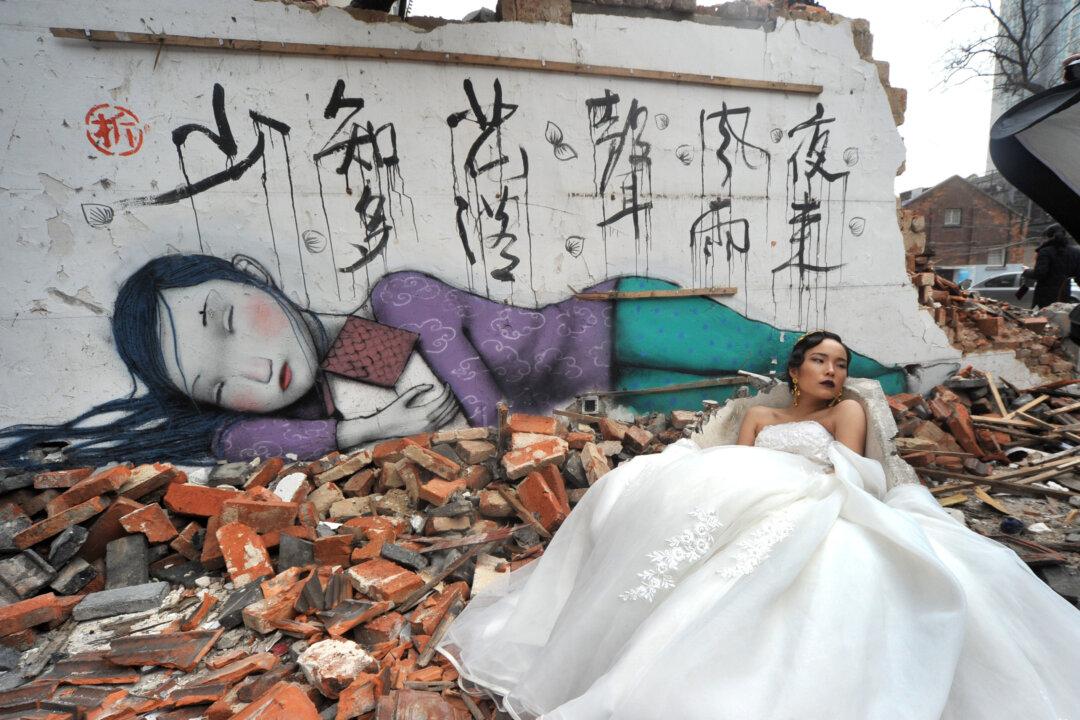In 2011, the 25-year-old Li Xu met Zhang Yan, who was two years his senior. Within 20 days, love at first sight had become marriage and cohabitation.
This spring, Li, now a gaunt 30-year-old farmer arrived at his local county court and handed in his civil complaint. It was a plea to his wife, who lives in the rich, faraway coastal Chinese city of Hangzhou, to return to him.
The trouble started in 2013 when Zhang, the wife, left their rural county in central China’s impoverished Henan Province to find work. Once in the city she grew to detest her rustic beginnings, and a grudge was nurtured for her husband and his poverty.
Zhang’s last visit to her husband was in February 2015; she bade him no farewell. Desperate, Li came with her daughter, Xin Xin, whom she'd had by her previous husband and was being raised by Li’s parents, to look for her in Hangzhou. Instead, Zhang took back her dowry and the custody of her daughter.
The story of Li Xu and Zhang Yan is representative of an emerging trend in rural China, where divorce rates are marching lockstep with economic growth. Poverty, the physical distances between many couples, a massive gender gap, and the rift between traditions and urban lifestyle, are among the major agents in this divisive social shift.




